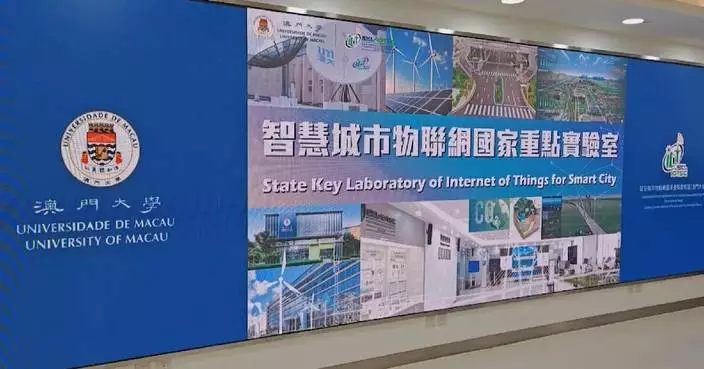Shanghai, a leading force for Chinese modernization, is accelerating the pace of building itself into a science and technology innovation center with global influence.
The tech-savvy metropolis is now speeding up the transition from structure building to function strengthening. Taking strengthening the capability of fostering original sci-tech innovations as the main task, it is pursuing both sci-tech innovation and institutional innovation to significantly improve its comprehensive strength in science and technology as well as the overall effects of innovations.
Over the past 10 years since Shanghai began building itself into an international science and technology innovation center, it has reaped fruitful results in sci-tech innovation, which has pushed the metropolis' GDP across the 4-trillion-yuan (about 570 billion U.S. dollars) mark.
In 2023, Shanghai's total research and development expenditure accounted for 4.4 percent of its GDP, and the city's fiscal expenditure on science and technology rose by 36.7 percent to 52.8 billion yuan (about 7.47 billion U.S. dollars).
Driven by science and technology advances, Shanghai's industrial transformation has sped up. The combined scale of the three leading industries of artificial intelligence, integrated circuits, and biomedicine in the city has reached 1.6 trillion yuan (about 226 billion U.S. dollars).
At the National Local Joint Humanoid Robot Innovation Center in Shanghai's Zhangjiang Science City, Qinglong, an open-source general-purpose humanoid robot with a height of 182 centimeters and up to 43 active degrees of freedom, is being trained to pick up oranges.
"After some training, the robot will be able to complete this move by itself when it encounters a similar scenario in the future," said Shi Zhihua, trainer of robot Qinglong.
Thanks to an advanced control software, Qinglong can skillfully perform fast walking, avoid obstacles, go uphill and downhill, and resist impact.
"We plan to build a venue that can simultaneously train 1,000 robots by 2027," Shi said.
The Shanghai Synchrotron Radiation Facility (SSRF), a third-generation medium-energy synchrotron light source facility with 46 laboratories, has been operating around the clock to serve researchers from around the country, whose experiments cover a wide range of fields such as life sciences, materials science and chemical catalysis.
"We are using the SSRF's light to observe the phase change process of this material when it's heated to 1,100 degrees Celsius," said Song Shuang, a PhD candidate of Shanghai Institute of Applied Physics of the Chinese Academy of Sciences.
"Our team is developing materials for the energy sector," said Miao Zhikai, a researcher of Tianjin University.
"We are developing cathode materials for sodium-ion batteries," said Li Guodong, a researcher of Fudan University.
Though the laboratories at the SSRF have been running at full capacity, researchers still have to apply for them months in advance, reflecting the vibrancy of innovation in Shanghai.

Shanghai blazes sci-tech frontiers to boost innovation-driven modernization









